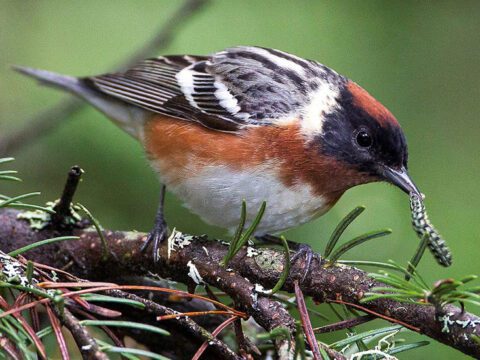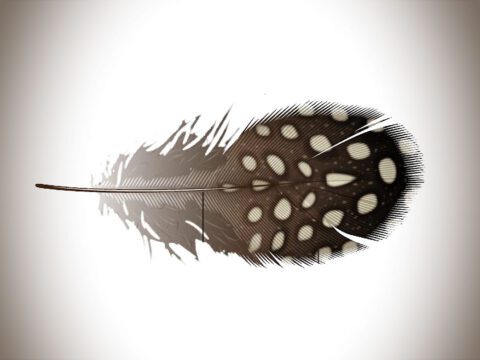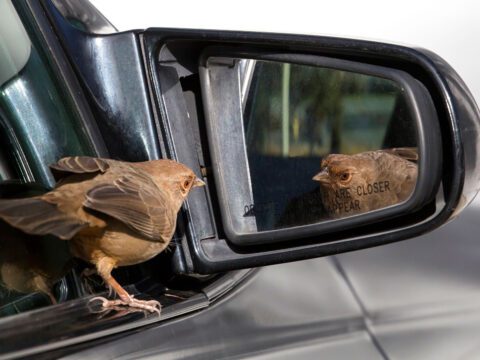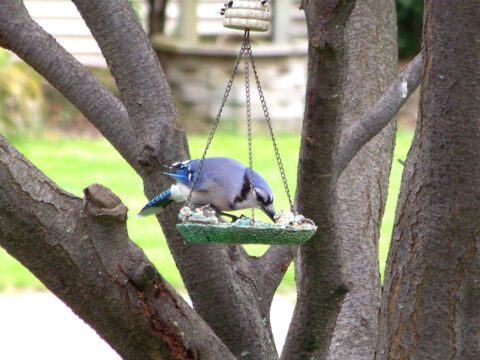Texas Big Day Looking “Very, Very Good,” Starting at Midnight
April 24, 2013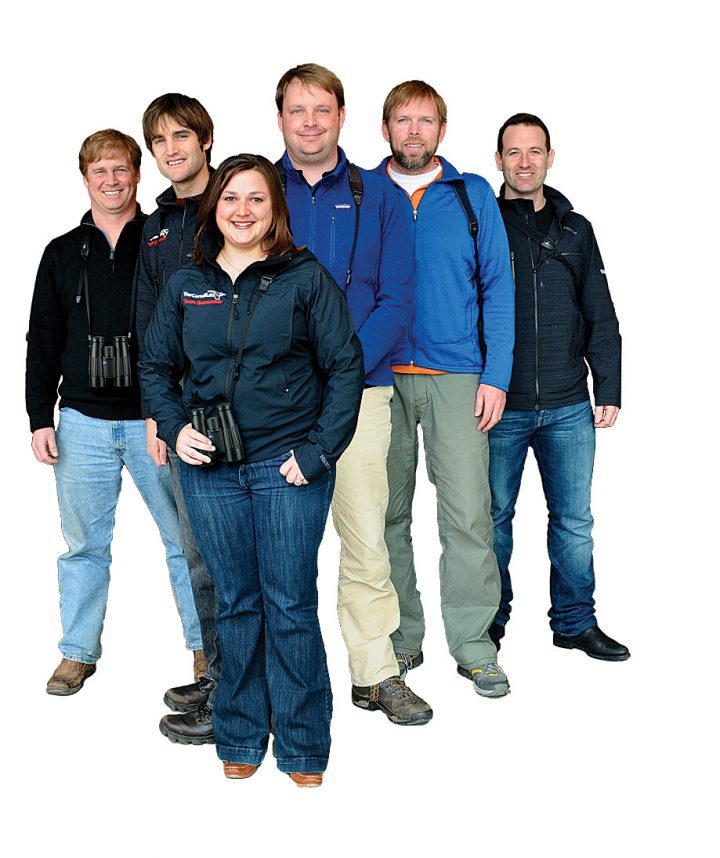
Tonight at midnight, the Cornell Lab’s competitive birding team will kick off a 24-hour Big Day in San Antonio, Texas. During every single minute of April 25, 2013, the six members of Team Sapsucker (left) will train their eyes and ears toward finding birds. They’re hoping for 265 species or more to break the North American record. Thanks to supporters’ pledges, it’s also our biggest conservation fundraiser of the year.
This year the team decided to push up their schedule owing to a favorable weather forecast. It gives them less time to scout for rarities along their route, but they hope that good migration conditions along the coast will make up for that.
“The way this [cold front] is timing out on Thursday, it provides a very unique window for us,” said Brian Sullivan. “Every time you do a Big Day you’ve got to put together all the breeding birds you can, and you can’t leave any of them on the table because you never know what’s going to happen with the migrants.” But after two years that have offered up slim migrant showings, the winds look poised to deliver on Thursday.
“Fitz would probably say ‘cautiously optimistic,'” said team captain Chris Wood, referring to Cornell Lab director and former team captain John Fitzpatrick. “But yeah, it could be very, very good.”
The day will start around San Antonio, said team member Jessie Barry. Bird number one might be an American Robin with a nest the team can check off without disturbing it, or possibly a Canvasback that often roosts at a nearby and well-lit lake. They’ll listen for owls, herons, nightjars, and the soft calls of passing migrants as they make their way toward the Hill Country for the dawn chorus. Last year, the team had 129 species by 9 a.m.
As the morning activity winds down they’ll make a long push 300 miles east to the Texas coast. They’ll swing through some wooded patches to pick up classic eastern species that are hard to come by in the Hill Country—birds like Downy Woodpecker, Acadian Flycatcher, and Pine Warbler. They’ll try to remember all the correct turns to get to the best sparrow fields as well as find the perfect flooded rice field for shorebirds.
“It’s always tricky with the rice fields, Wood said, “You’ve got to get the water levels just right” to produce clutch species like Buff-breasted Sandpiper, Long-billed Curlew, and Hudsonian Godwit. “Healthy godwits that have had good success on their wintering grounds don’t even want to stop along the Texas coast,” he said, referring to research by former Cornell Lab Ph.D. student Nathan Senner that showed that in good weather, the godwits keep right on going as far as Nebraska or Minnesota in one jump. “They might put down in Texas in adverse winds, but maybe only stay for a few hours,” Wood said. “So those are species that you always worry about it.”
Their meticulously timed route itinerary has them pulling in at 5:45 p.m. to High Island, one of the most famous spring migrant spots in North America. With any luck, rain and north winds will have forced migrating songbirds to seek shelter here on Wednesday instead of carrying on northward, and Team Sapsucker hopes they’ll stick around to refuel for Thursday.
This is a crucial part of the route for this year’s Big Day attempt—the team had a fairly poor showing for migrants last year but still managed to reach 264 species. On a good day, High Island can produce nearly 30 species of warblers alone. If eastern winds blow across the Gulf of Mexico there might even be a Caribbean influence to the migrants on offer—birds like Black-throated Blue Warbler and Cape May Warbler, said team member Andrew Farnsworth.
The team will spend the last of their daylight on Bolivar Peninsula, “one of the arguably very best concentrations of shorebirds in North America,” Wood said, where 10,000–15,000 shorebirds await them. “It’s a really good place for Snowy Plover, Wilson’s Plover, Piping Plover, hopefully Red Knot,” he said. “If we get out there right around sunset, we can hope for Peregrine Falcon and White-tailed Kite too.”
Then they’ll be back in darkness, using their ears to try to squeeze out a last few species. Here again, the predicted weather, if it holds, will help them. “The last couple years, the wind has not been tremendously kind to us,” said Brian Sullivan, referring to steady 25-mph breezes that made it hard to hear and probably kept birds inactive during the team’s last two attempts. “Last year in particular, the whole last night we ended up getting about four species, and we had a dozen that we should’ve found,” Wood said.
As I spoke with them, the team was converging on San Antonio from their various scouting territories. They planned to meet up around 5 p.m. and make final preparations: wash the car, meticulously clean the windows inside and out, decide on seating arrangements, and practice getting in and out smoothly. They’ll make a grocery run. From midnight to midnight there will be no meal stops; everything the team eats will come out of a single cooler. “Basically everybody gets to pick one item they want,” Barry told me. “Other than that it’s peanut butter and jelly sandwiches.” With any luck they’ll get to bed around 9 p.m. tonight—and back up a little before midnight.
We’ll have running updates on Facebook during the event, and a full recap posted here afterwards. Good luck, Team Sapsucker!
 Thanks to sponsorship from Carl Zeiss Sports Optics, 100 percent of your pledge goes directly to support conservation.
Thanks to sponsorship from Carl Zeiss Sports Optics, 100 percent of your pledge goes directly to support conservation.

All About Birds
is a free resource
Available for everyone,
funded by donors like you
American Kestrel by Blair Dudeck / Macaulay Library

